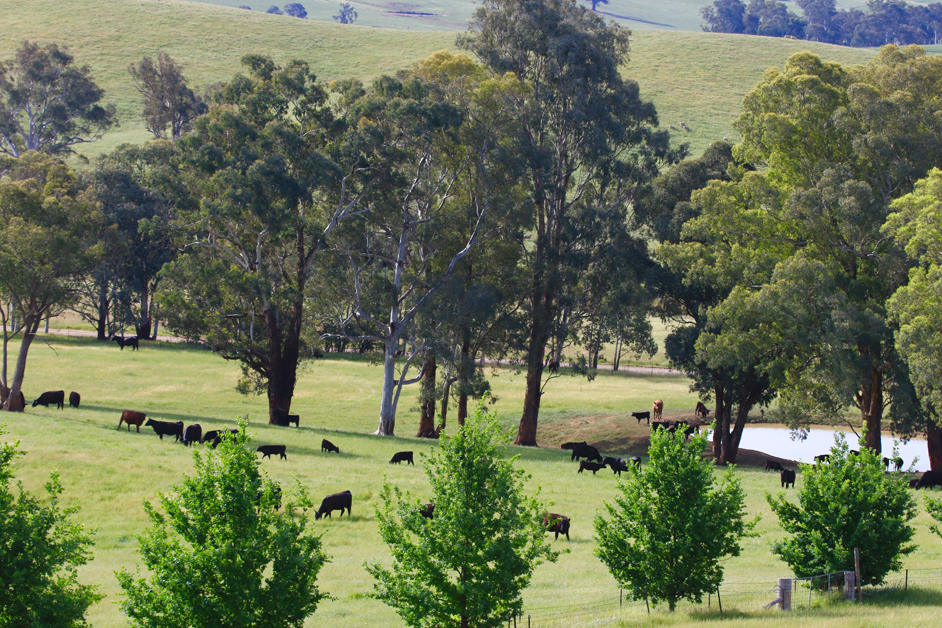By Tom Gill
With ammonia regulations set to be enforced from as early as 2020, dairy and beef farmers, and the wider supply chain, are being encouraged to think ahead and consider how the new legislation could impact their businesses.
The proposed regulations are a ‘driver for change’ and recommends that a proactive approach is key to meeting future regulatory changes.
The recent government announcement to clamp down on ammonia emissions from agriculture, by introducing stricter controls on fertiliser use, slurry and manure management, and livestock housing, may have left some of you feeling uncertain about the future sustainability of your business.
However, as the proposed regulations are mostly focused on the enforcement of best practice, which many of you are already implementing to improve efficiency on-farm, they‘re therefore in a good position to reap the potential benefits on offer.
Given that manure and slurry applications account for 25% of agricultural ammonia emissions, all slurry and digestate will need to be applied using low-emission spreading equipment by 2027. The good news is that many many of you are ahead of the game and are already spreading slurry in such a way to maximise the additional benefits such as increased nitrogen (N) value.
For example, using a trailing hose can increase the N value by approximately three units per 1,000 gallons. This can help save money on feed and bedding as it allows for a quicker return to grazing. The proposed regulations are likely to mean that significant investment in infrastructure is required on-farm.
The target date for slurry and digestate stores to be covered is 2027 and given that very few farms currently cover stores, you are going to have to make financial investments in order to comply. For this reason, I’d recommend that you take time to understand the new legislation, particularly when developing both short and long-term business plans because this will help ensure you are one step ahead.
The new legislation will be daunting for many; however, I think it’s a challenge that as an industry we should embrace. I believe that careful planning is key to maximising the available opportunities and minimising the potential impacts on business sustainability.
Reducing ammonia emissions
Practical steps you can take to reduce ammonia emissions from agriculture
- Wash down animal collection points soon after use
- Ensure that levels of protein in livestock diets are well matched to nutritional needs
- Incorporate manure into soils rapidly after spreading (within at least 12 hours)
- Use low emission techniques for spreading slurry and digestate
- Switch from urea-based fertilisers to ammonium nitrate which has lower emissions
- Inject urea into the soil or apply it alongside a urease inhibitor
- Cover slurry and digestate stores and manure heaps or use slurry bags
Government Regulations
Proposed government regulations to reduce ammonia emissions from agriculture
2019: Introduction of nitrogen (or fertiliser) limits
2020 onwards: Rules on specific emissions-reducing practices
- The requirement to spread urea-based fertilisers in conjunction with urease inhibitors, unless applied by injection on appropriate land by 2020
- Mandatory design standards for new livestock housing by 2022
- The requirement for all solid manure and digestate spread to bare land to be incorporated rapidly (within 12 hours) by 2022
- The requirement to spread slurries and digestate using low emission spreading equipment by 2027
- The requirement for all slurry and digestate stores to be covered by 2027
2025: Extension of environmental permitting to large dairy farms







